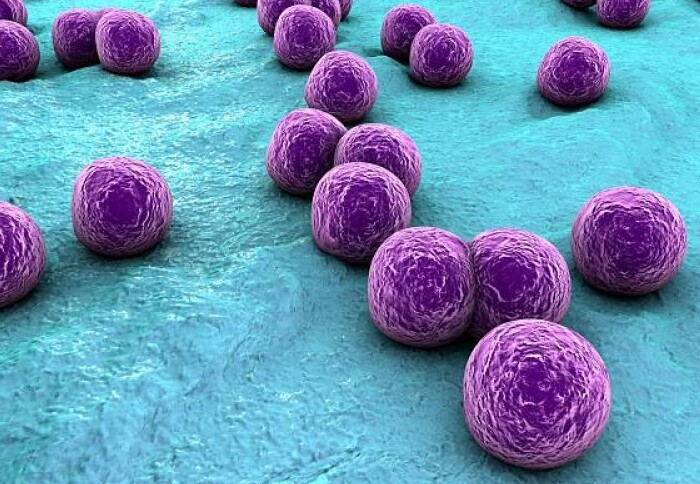

Researchers have discovered a previously unknown mechanism of genetic transfer which can drive bacterial evolution.
Scientists from Imperial College London and the National University of Singapore (NUS) have discovered a new way by which bacteria transmit their genes, enabling them to evolve much faster than previously understood. The new insights, published in the journal Cell, could help scientists better understand how the microbes rapidly adapt and evolve, and how they become resistant to antibiotics.
Bacteria’s ability to share their genetic material between themselves is a major driver of microbial evolution. Bacteriophages, viruses which infect bacteria, can act as conduits that transfer genes from one bacterium to another, by a process known as genetic transduction.
Scientists believed there were only three types of this gene transfer mechanism: generalised transduction, specialised transduction and lateral transduction. Lateral transduction was founded in 2018 by the same research group, led by Professor José Penadés from Imperial’s Department of Infectious Disease.
"Given the alarming surge of antibiotic-resistant superbugs, comprehending the mechanisms driving bacterial evolution becomes increasingly critical." Prof José R Penadés Department of Infectious Disease and Centre for Bacterial Resistance Biology
Now, the group has now uncovered a fourth process, called lateral cotransduction. They discovered this new mechanism by studying Staphylococcus aureus, a bacteria which causes staph infections in humans and animals. S. aureus infections can result in skin infections but also can lead to more serious life-threatening conditions such as sepsis, and the bacteria are increasingly resistant to antibiotics making infections more difficult to treat.
Professor José R. Penadés from the Department of Infectious Disease, and Director for the Centre for Bacterial Resistance Biology at Imperial College London, said: “This breakthrough sheds light on a novel pathway through which bacteria evolve. Given the alarming surge of antibiotic-resistant superbugs, comprehending the mechanisms driving bacterial evolution becomes increasingly critical.”
New mechanism
According to the researchers, lateral cotransduction is more versatile and complex than lateral transduction which also allows bacteriophages use to move genetic information between bacterial cells.
While lateral transduction is only known to occur when dormant phages within bacteria become reactivated and initiate reproduction, lateral cotransduction can occur during the reactivation process and the infection of new bacterial cells.
They also found that specific sections of genetic information called pathogenicity islands can transfer themselves completely intact with bacterial DNA through lateral cotransduction, which makes them more efficient when transmitting bacterial genes.
The researchers hope that the discovery of this new mechanism could lead to new ways to target, and potentially disrupt gene transfer in bacteria, which could ultimately help to combat antibiotic resistance.
Countering AMR
Prof Chng Wee Joo, Vice-Dean (Research) at NUS Medicine, said, “This groundbreaking discovery will impact on the way we understand how bacteria evolves through gene transfer, and their potential implications on bacterial infections and diseases. This research is also paramount in informing safe treatment decisions in clinical settings.”
"This groundbreaking discovery will impact on the way we understand how bacteria evolves through gene transfer, and their potential implications on bacterial infections and diseases." Prof Chng Wee Joo NUS Medicine
The rise of ‘superbugs’ has called for new ways to treat antibiotic-resistant strains. In recent years, phage therapy or the use of phages to destroy harmful bacteria in infections and diseases has rapidly gained in popularity.
However, instead of just fighting bacteria, some therapeutic phages could turn out to be helping the lateral cotransduction process.
According to Prof Penadés: "This process likely occurs in various other bacterial species as well. This groundbreaking finding marks a paradigm shift in our understanding of bacterial evolution and will immensely influence the ways we combat antibiotic resistance."
This article has been adapted from a press release by the National University of Singapore.
Article text (excluding photos or graphics) © Imperial College London.
Photos and graphics subject to third party copyright used with permission or © Imperial College London.
Reporter
Meesha Patel
Faculty of Medicine Centre

Contact details
Tel: +44 (0)20 7594 7909
Email: meesha.patel17@imperial.ac.uk
Show all stories by this author



